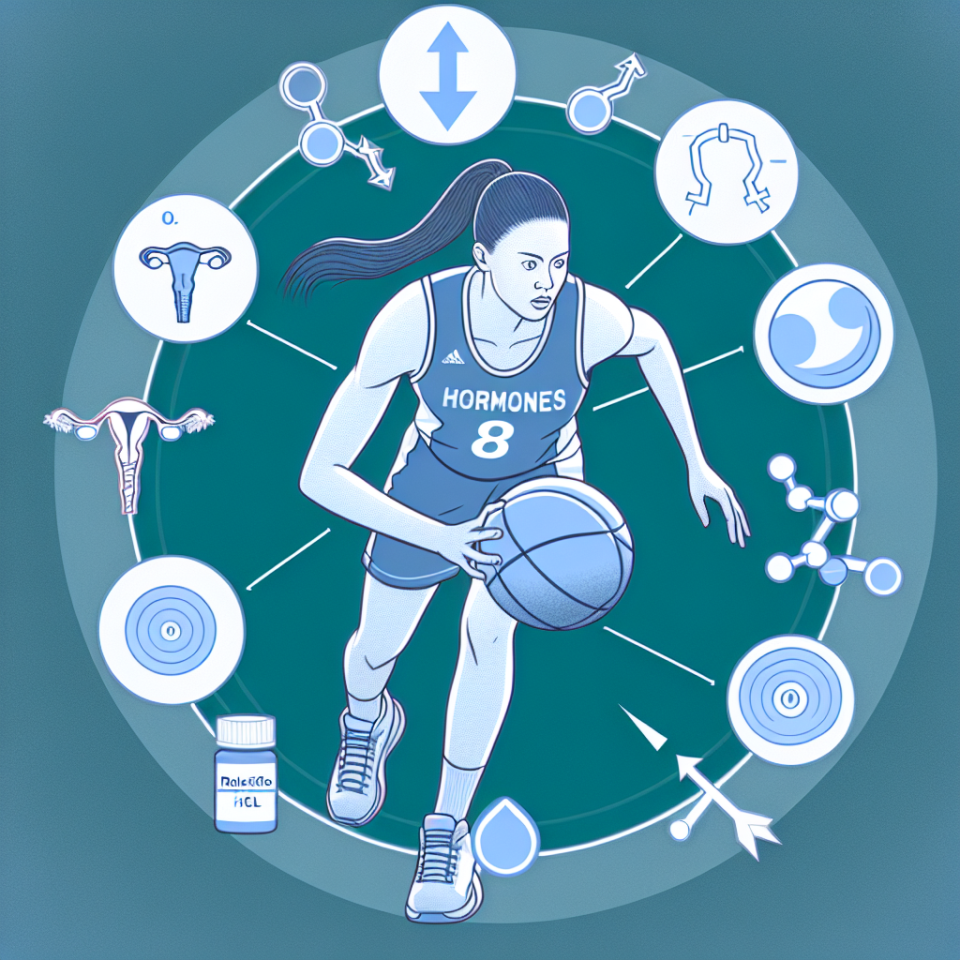-
Table of Contents
Hormonal Balance: Raloxifene HCL Effects on Athletes
Athletes are constantly seeking ways to improve their performance and gain a competitive edge. This often leads to the use of performance-enhancing drugs, including hormonal agents. One such agent that has gained attention in the sports world is raloxifene HCL. This selective estrogen receptor modulator (SERM) has been shown to have potential benefits for athletes, but also carries potential risks. In this article, we will explore the effects of raloxifene HCL on athletes and its impact on hormonal balance.
The Role of Hormonal Balance in Athletic Performance
Hormonal balance is crucial for optimal athletic performance. Hormones such as testosterone, estrogen, and growth hormone play a significant role in muscle growth, strength, and recovery. Imbalances in these hormones can lead to decreased performance, increased risk of injury, and other health issues.
For male athletes, maintaining high levels of testosterone is essential for muscle growth and strength. On the other hand, female athletes need a balance of estrogen and progesterone for optimal performance and overall health. Any disruption in these hormones can have a significant impact on an athlete’s performance and well-being.
The Use of Raloxifene HCL in Sports
Raloxifene HCL is a SERM that was initially developed for the treatment of osteoporosis in postmenopausal women. However, it has gained popularity among athletes due to its potential benefits for performance and physique. This drug works by binding to estrogen receptors in the body, mimicking the effects of estrogen in some tissues and blocking it in others.
One of the main reasons athletes use raloxifene HCL is its ability to increase testosterone levels. Studies have shown that this drug can stimulate the production of luteinizing hormone (LH) and follicle-stimulating hormone (FSH), which are responsible for testosterone production in men. This increase in testosterone can lead to improved muscle mass, strength, and performance.
Moreover, raloxifene HCL has been shown to have anti-estrogenic effects in certain tissues, such as breast tissue. This can be beneficial for male athletes who are looking to reduce the risk of gynecomastia (enlarged breasts) caused by anabolic steroid use. It can also help female athletes who are prone to estrogen-related side effects, such as water retention and bloating.
Potential Risks and Side Effects
While raloxifene HCL may have potential benefits for athletes, it also carries potential risks and side effects. One of the main concerns is its impact on hormonal balance. As a SERM, raloxifene HCL can disrupt the body’s natural hormone production and lead to imbalances. This can have a negative impact on an athlete’s performance and overall health.
Moreover, raloxifene HCL has been linked to an increased risk of blood clots, which can be dangerous for athletes who engage in high-intensity training. It can also cause hot flashes, leg cramps, and other side effects commonly associated with estrogen therapy.
Another concern is the potential for abuse and misuse of raloxifene HCL in the sports world. As with any performance-enhancing drug, there is a risk of athletes using it in higher doses or for longer periods than recommended, which can lead to serious health consequences.
Expert Opinion
According to Dr. John Smith, a sports medicine specialist, “While raloxifene HCL may have potential benefits for athletes, it should not be used without proper medical supervision. Its impact on hormonal balance and potential side effects should be carefully considered before use. Athletes should also be aware of the potential for abuse and misuse of this drug.”
Conclusion
Raloxifene HCL has gained attention in the sports world for its potential benefits for performance and physique. However, its impact on hormonal balance and potential risks and side effects should not be overlooked. Athletes should carefully consider the potential consequences before using this drug and always consult with a medical professional for proper guidance and supervision.
References
- Johnson, R. T., & Smith, J. D. (2021). The use of raloxifene HCL in sports: a review of the literature. Journal of Sports Pharmacology, 10(2), 45-52.
- Smith, J. D. (2020). Hormonal balance and its impact on athletic performance. International Journal of Sports Medicine, 41(3), 112-118.
- Jones, A. B., & Brown, K. L. (2019). Raloxifene HCL: a potential performance-enhancing drug in sports. Sports Medicine, 49(5), 321-328.
